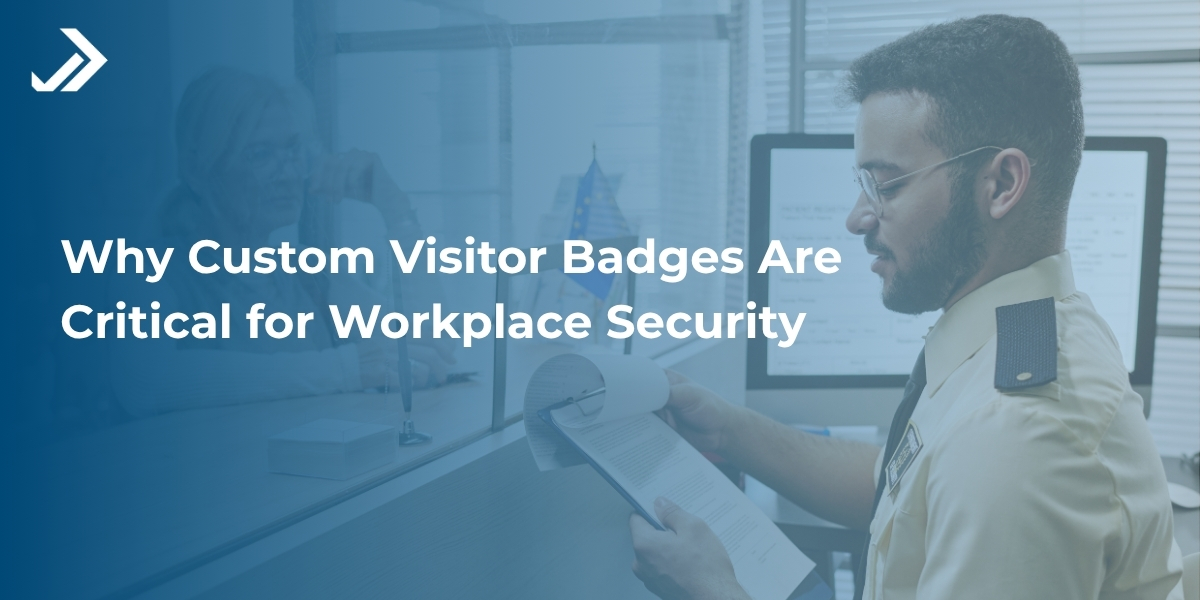

Author : Marketing Team | Follow us on LinkedIn:
29 Jul, 2025
Why Dynamic Credential Management Is Critical for Modern Access Control
Table of Contents
Imagine a workplace where an employee’s access updates in real time as their role changes, a contractor’s credentials automatically expire at project completion, and visitors receive instant access tailored to their schedule.
This isn’t a futuristic fantasy — it’s the new reality powered by dynamic credential management.
As organizations grow, adapt, and digitize, the ability to control access securely and efficiently has become mission-critical. Gone are the days when static keycards or hard-coded credentials could keep up with the pace of change. Today, organizations need smarter, more responsive access control systems that reflect evolving business dynamics.
Let’s explore what makes dynamic credential management indispensable in modern access control environments, the risks of clinging to outdated systems, and how your business can stay ahead by embracing a more agile, integrated access control solution.
What is Dynamic Credential Management?
Dynamic credential management refers to the real-time creation, assignment, modification, and revocation of access rights based on user identity, role, and context. It replaces the rigid, one-size-fits-all model of access control with an intelligent, automated, and adaptable access control solution.
These systems continuously update credentials across platforms, ensuring that employees, vendors, and visitors have access only to what they need, precisely when they need it.
In today’s hybrid workplaces, where roles, locations, and devices are constantly shifting, this fluid approach to credentialing is becoming the norm. The connection between credential management and business agility is no longer incidental — it is essential.
Organizations that can quickly onboard, offboard, and reconfigure access stay secure while maintaining operational speed and flexibility, a hallmark of any modern access control system.
The Challenges of Static Credential Management
While static credential systems once served a purpose, they now pose serious operational and security threats in a fast-paced digital world.
- Delayed Revocation of Access
When employees leave, change departments, or shift roles, access rights often remain active far too long, exposing sensitive systems to unnecessary risk. - Orphaned Credentials
Former contractors, third-party vendors, or seasonal staff may retain access credentials long after their engagement ends. These overlooked accounts are prime targets for breaches. - Compliance and Audit Challenges
Manual credentialing lacks audit trails and timely updates, making it difficult to meet compliance mandates or pass security audits. This not only increases risk but also impacts reputation and trust.
What Makes Credential Management Dynamic?
Several key capabilities distinguish a dynamic credential management system from its outdated predecessor:
- Real-Time Credential Updates: Whether it’s onboarding a new hire or revoking access for a departing employee, changes are applied instantly, leaving no security gaps.
- Support for Multiple Credential Types: These systems support a range of credential types, including biometric scans, RFID cards, PINs, passwords, mobile credentials, and BLE-based tags, providing flexibility for diverse environments.
- Integration with Enterprise Systems: Modern access control systems connect seamlessly with HRMS, visitor management platforms, IT service management tools, and more, making credential management part of a broader digital ecosystem.
- Policy Adaptability: Organizations can implement role-based or context-aware access rules that evolve in tandem with changing business needs, ensuring seamless access to resources. Whether it’s location, time, or department-specific rules, everything is dynamically configurable.
Why Dynamic Credential Management Is Critical Today
The rise of cloud adoption, remote work, and rapid workforce turnover has amplified the importance of responsive access control. Here’s why:
- Enhanced Security
Credentials are revoked the moment access is no longer needed, minimizing the chances of unauthorized entry or insider threats. - Operational Agility
Credentials are revoked the moment access is no longer needed, minimizing the chances of unauthorized entry or insider threats. - Compliance and Audit Readiness
Automated logs and clean access records support internal reviews, third-party audits, and regulatory compliance with minimal effort. - Improved User Experience
Employees, contractors, and guests enjoy seamless entry with the correct credentials delivered to their devices or profiles, eliminating the need for approvals or paperwork.
How to Implement Dynamic Credential Management
To truly benefit from dynamic credentialing, organizations must adopt the right systems and integrations that support this modern approach to access control.
Look for These Features:
- Real-time access provisioning and revocation
- Role and policy-based access control
- Support for various authentication methods
- Central dashboard for visibility and control
Automation is Key:
Integration with HRMS, Active Directory, and ITSM platforms enables credentials to update automatically in response to events such as onboarding, termination, or department transfers.
Centralized Platforms:
Select access control solutions that consolidate all access points into a unified interface, encompassing entry doors, time clocks, visitor badges, and digital workspaces.
The Future of Dynamic Credential Management
As access control systems evolve, new technologies are shaping the future of credentialing:
- AI-Powered Decisions: Artificial intelligence can analyze user behavior to flag anomalies or automate credential decisions based on context and risk level.
- Zero-Trust Security Models: Access is granted based on continuous verification of user identity, rather than relying on static trust levels.
- Cloud-Based Credentialing: Credentials stored in the cloud provide mobility, scalability, and consistency across locations, particularly for enterprises with distributed teams.
- IoT and Smart Workplace Integration: As workplaces become increasingly connected, dynamic access control systems will interface with lighting, HVAC systems, meeting rooms, and other devices for personalized, secure user experiences.
Conclusion
Static credentials belong to a time when change was slow and access was straightforward. Today, security must keep pace with a fluid, digital-first workplace.
Dynamic credential management ensures that only the right people access the right resources at the right time, effortlessly and securely.
If your organization still relies on outdated methods, the time to upgrade is now, not just for security, but also for agility, compliance, and a better user experience.
Ready to modernize your access control system?
Download our free guide to get started with a smarter access control solution.








